Returns will be harder this season
And more of the week's best financial insight

Here are three of the week's top pieces of financial insight, gathered from around the web:
Microsoft leads hedge fund 'VIPs'
Microsoft has replaced Amazon as the most popular large holding among hedge funds, said Alexandra Semenova in Yahoo. According to strategists at Goldman Sachs, which analyzes positions across 786 hedge funds, "82 have Microsoft among their top 10 long positions; Amazon appeared across the leading cohort of picks 79 times." Facebook parent Meta, which is down 66 percent this year, fell out of the top five for the first time since 2014, while Uber and Netflix rose into the top five. "Mega-cap tech giants continue to dominate," despite their struggles in 2022. Goldman's "VIP" basket of the 50 stocks that appear most often among hedge funds' top 10 holdings is down nearly 30 percent this year, "on pace for its second-worst year" in two decades.
Returns will be harder this season
Retailers are rethinking their return policies, said Jessica Dickler at CNBC. Last year, "the return rate was about 16.6 percent of total U.S. retail sales, or $761 billion in returned goods." But at least 10 percent of returned goods cannot be resold, and this year businesses don't feel like they are in a position "to afford such a hefty price tag." Though free returns are beloved by consumers, "stores such as Gap, Old Navy, Banana Republic, and J. Crew (once known for a generous return policy that spanned the lifetime of a garment), shortened their regular return windows to within a month." A few stores, including Anthropologie, REI, and L.L. Bean, are even charging restocking fees for mailed returns.
The Week
Escape your echo chamber. Get the facts behind the news, plus analysis from multiple perspectives.

Sign up for The Week's Free Newsletters
From our morning news briefing to a weekly Good News Newsletter, get the best of The Week delivered directly to your inbox.
From our morning news briefing to a weekly Good News Newsletter, get the best of The Week delivered directly to your inbox.
'Charm' prices disguise bad deals
Obviously, buying something for $9.99 isn't a much better deal than getting it for $10, said Josh Zumbrun in The Wall Street Journal. But retailers ending goods in 9 is an age-old trick often "used to camouflage bad deals." Ending prices in 99 cents — sometimes called charm pricing — is a trick that has "been around so long no one is sure of its origins." Over time, we have come to associate such prices with sales — ads as far back as 1880 tout special deals with $1.99 and 99 cent offers. In reality, though, when stores raise prices "they strongly prefer charm prices to soften the blow." A 2021 paper by economists Daniel Levy and Avichai Snir found that items priced ending in 9 "were on average 18 percent higher than when those same items' prices had different endings."
This article was first published in the latest issue of The Week magazine. If you want to read more like it, you can try six risk-free issues of the magazine here.
A free daily email with the biggest news stories of the day – and the best features from TheWeek.com
-
 7 bars with comforting cocktails and great hospitality
7 bars with comforting cocktails and great hospitalitythe week recommends Winter is a fine time for going out and drinking up
-
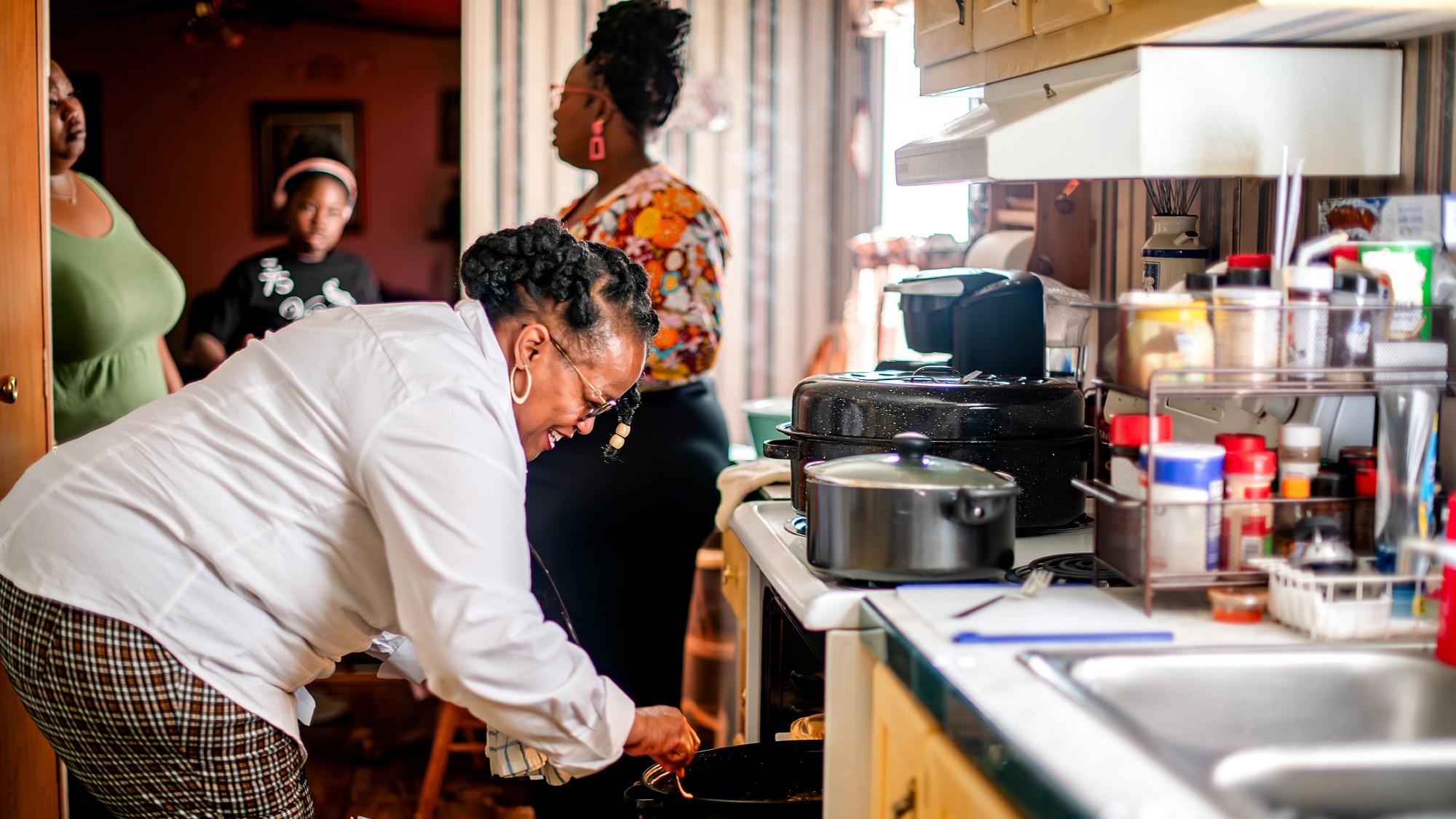 7 recipes that meet you wherever you are during winter
7 recipes that meet you wherever you are during winterthe week recommends Low-key January and decadent holiday eating are all accounted for
-
 Nine best TV shows of the year
Nine best TV shows of the yearThe Week Recommends From Adolescence to Amandaland
-
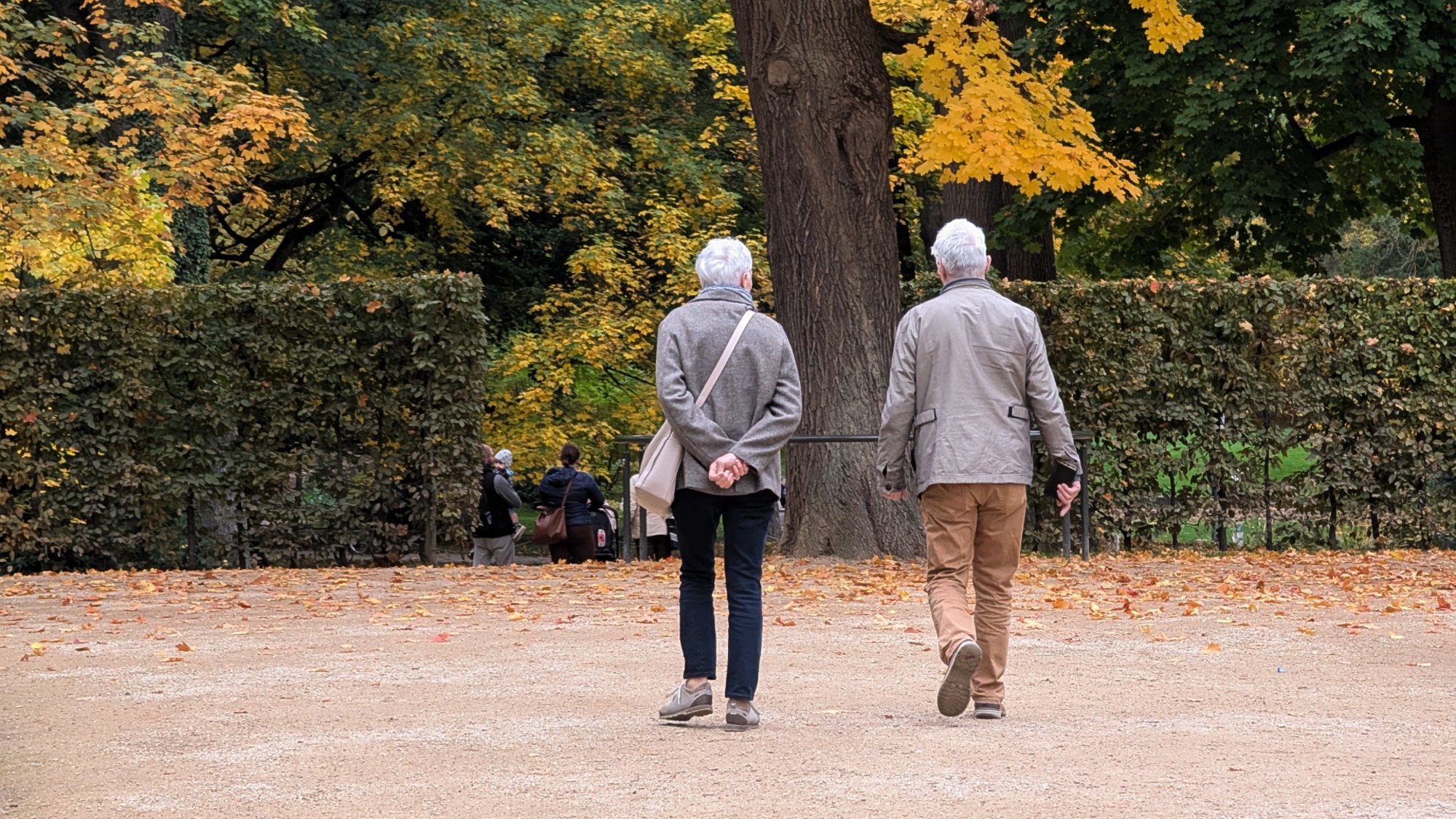 The longevity economy booms as people live longer
The longevity economy booms as people live longerThe Explainer The sector is projected to reach $27 trillion by 2030
-
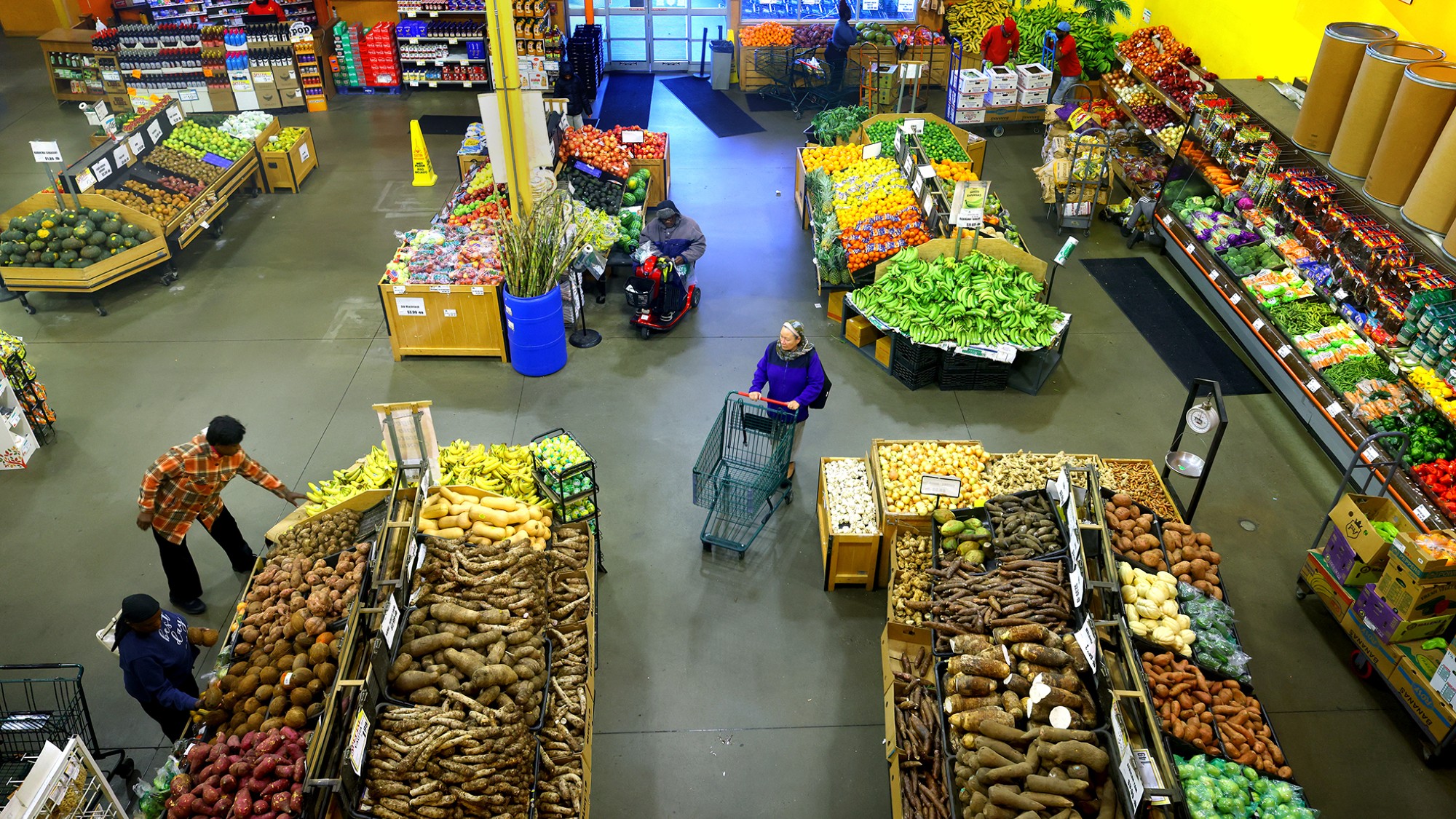 Is $140,000 the real poverty line?
Is $140,000 the real poverty line?Feature Financial hardship is wearing Americans down, and the break-even point for many families keeps rising
-
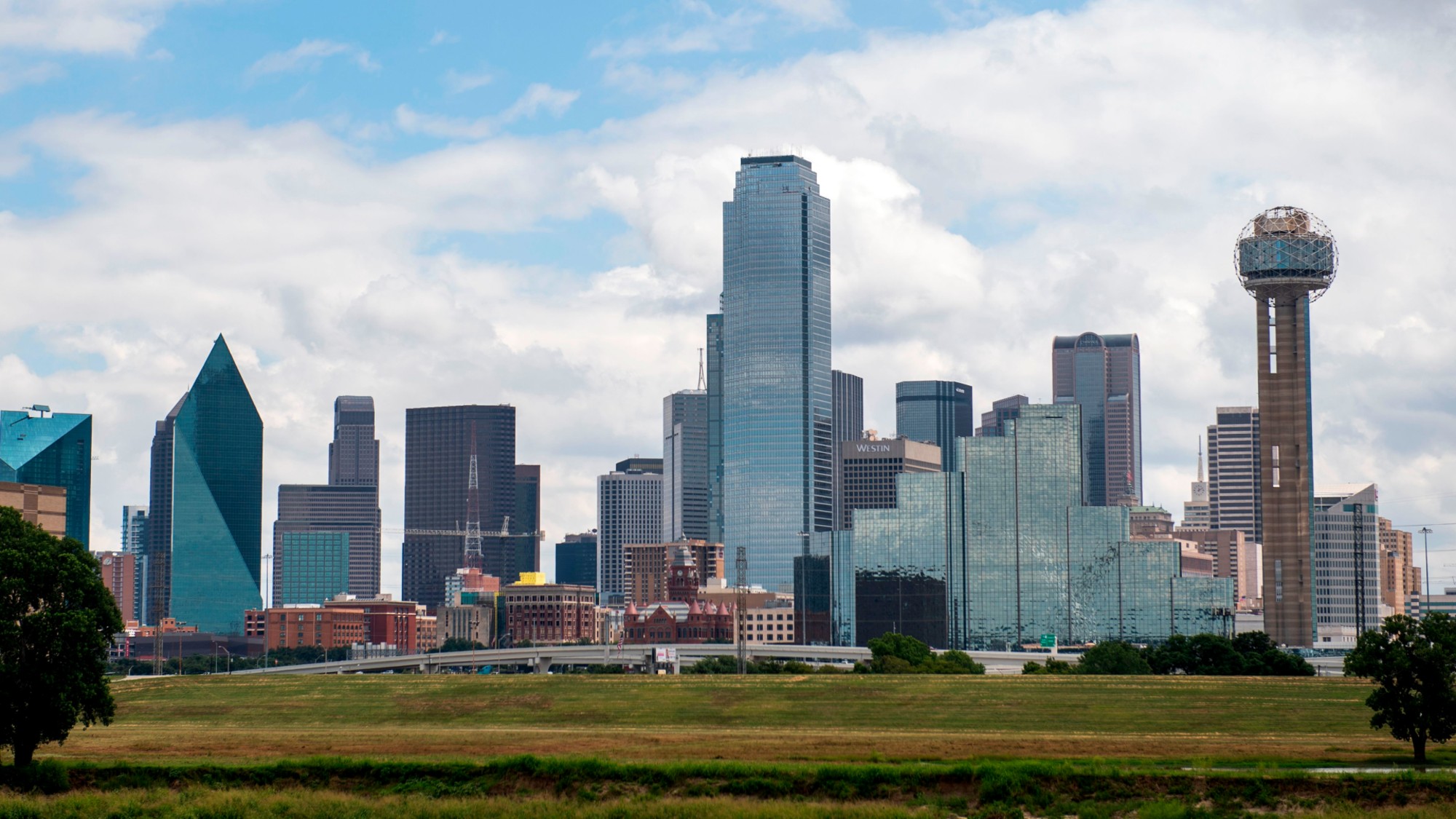 Texas is trying to become America’s next financial hub
Texas is trying to become America’s next financial hubIn the Spotlight The Lone Star State could soon have three major stock exchanges
-
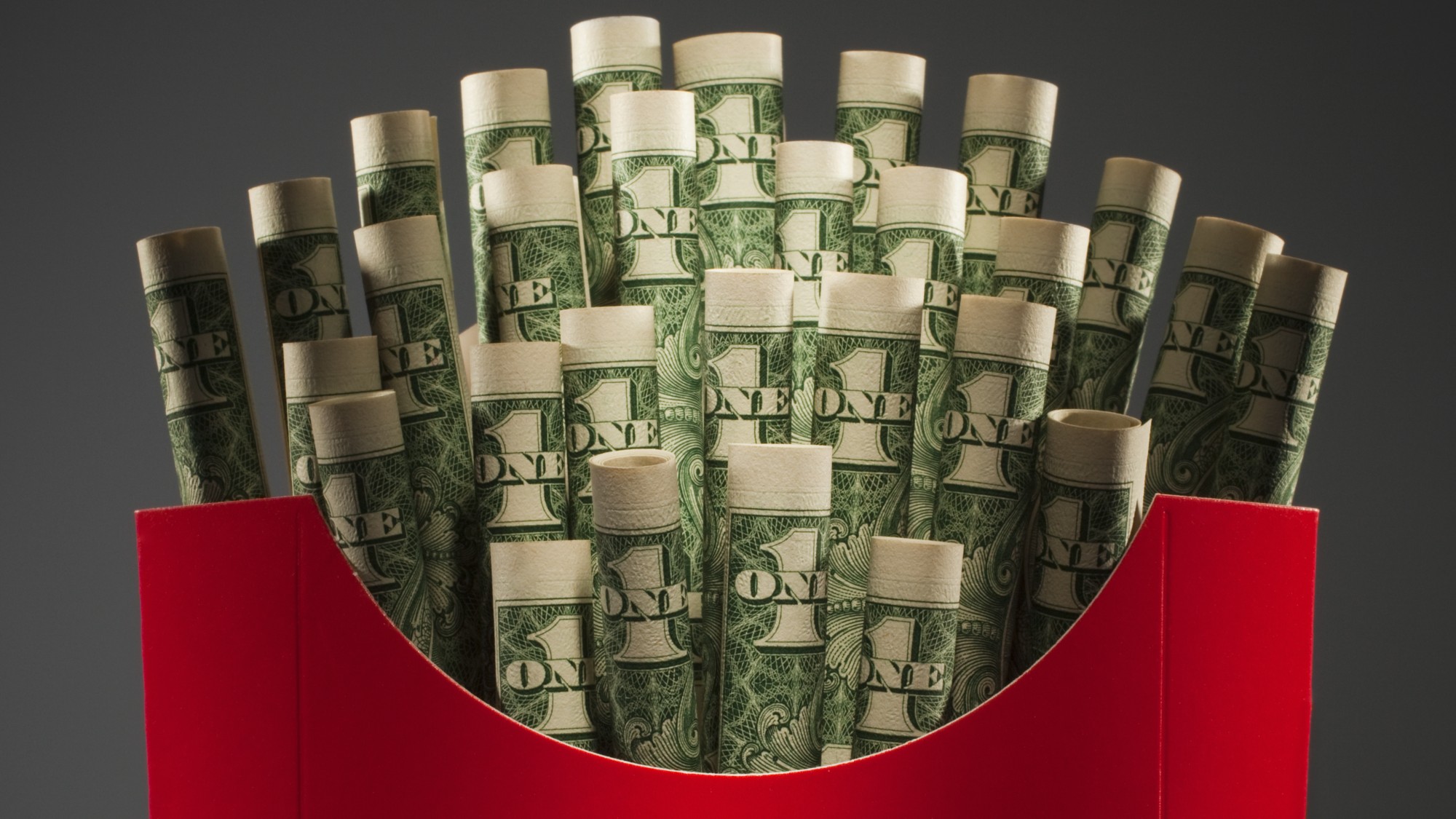 Fast food is no longer affordable for low-income Americans
Fast food is no longer affordable for low-income AmericansThe explainer Cheap meals are getting farther out of reach
-
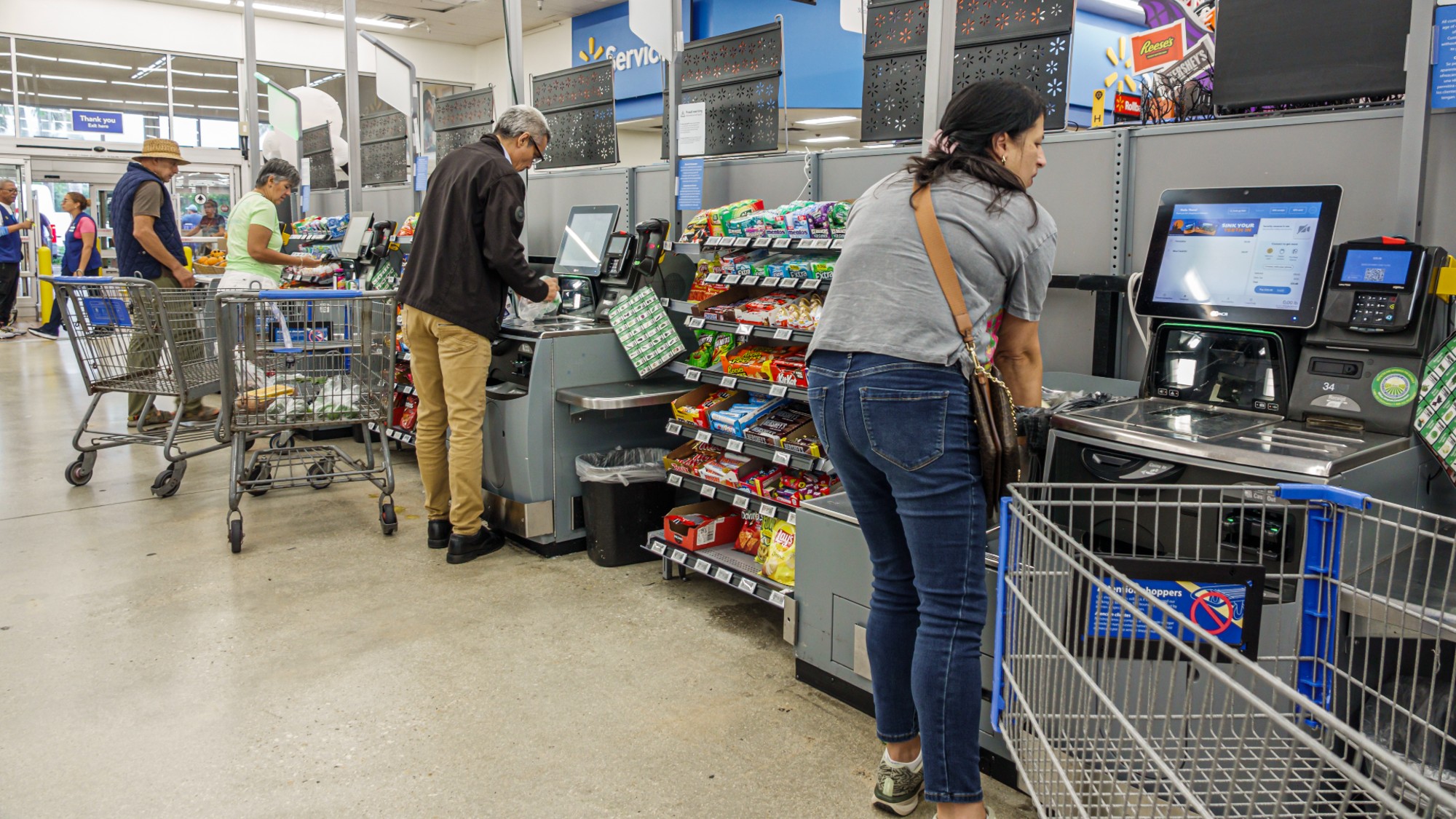 How could worsening consumer sentiment affect the economy?
How could worsening consumer sentiment affect the economy?Today’s Big Question Sentiment dropped this month to a near-record low
-
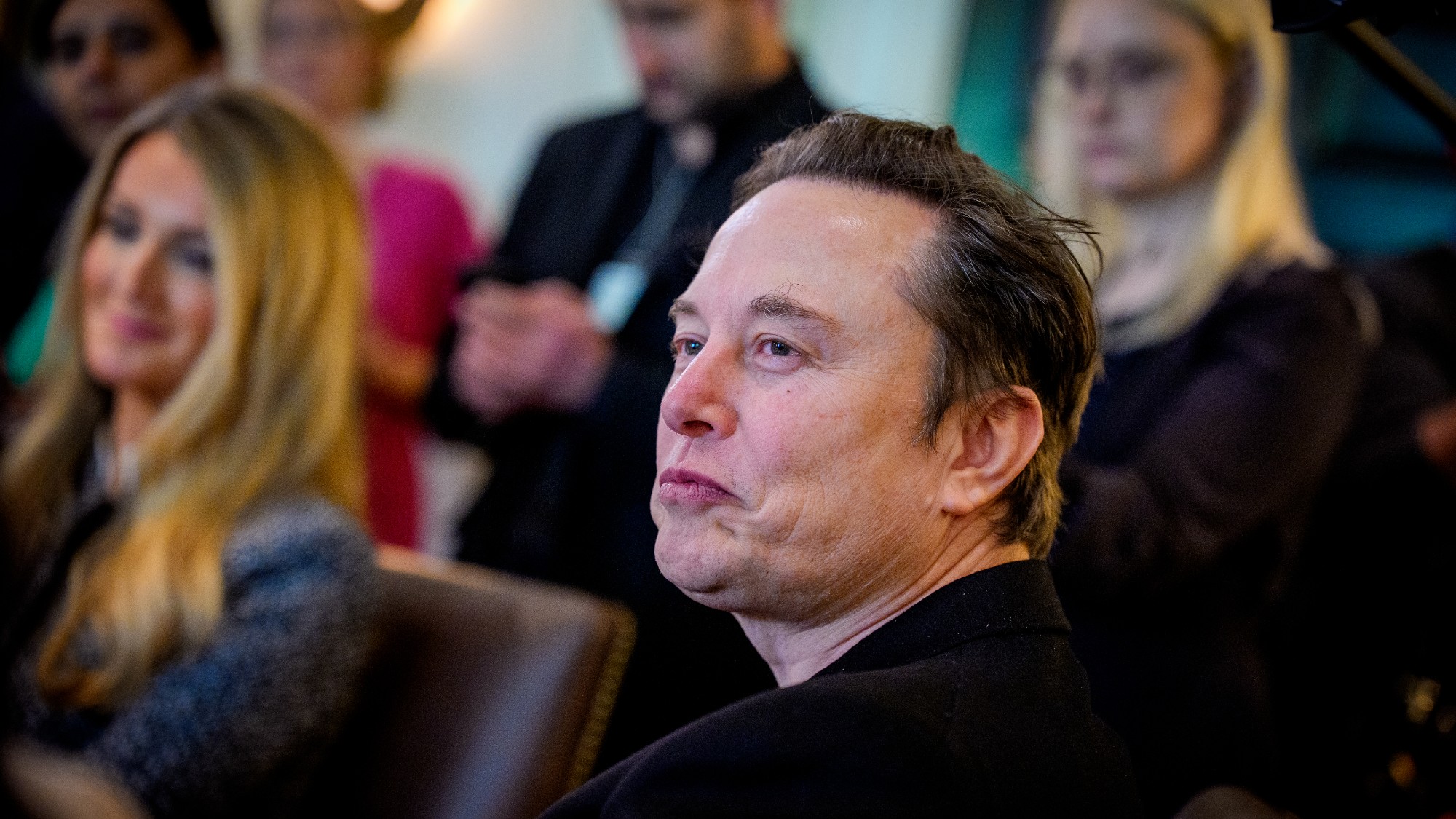 Musk wins $1 trillion Tesla pay package
Musk wins $1 trillion Tesla pay packageSpeed Read The package would expand his stake in the company to 25%
-
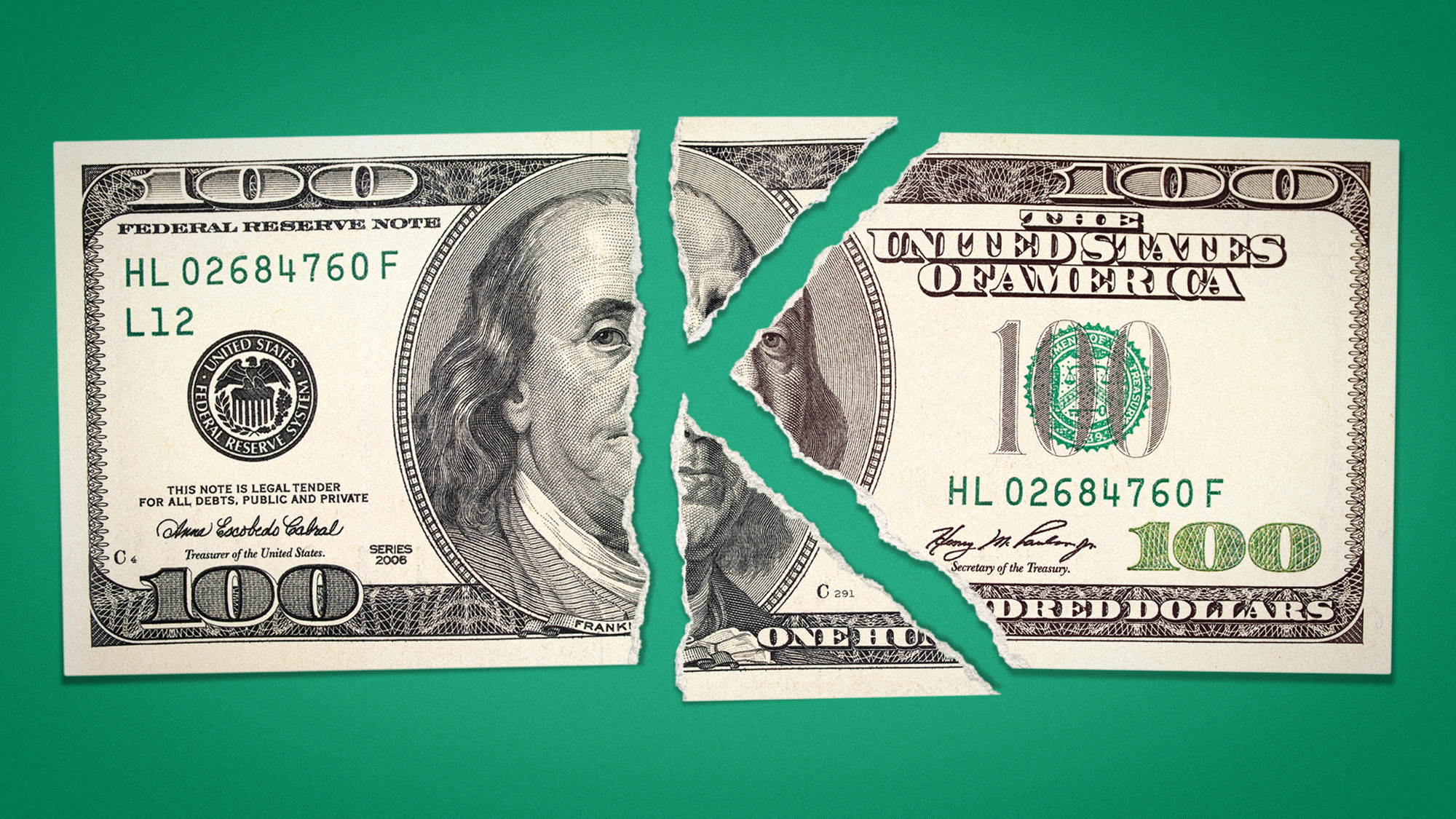 Why has America’s economy gone K-shaped?
Why has America’s economy gone K-shaped?Today's Big Question The rich are doing well. Everybody else is scrimping.
-
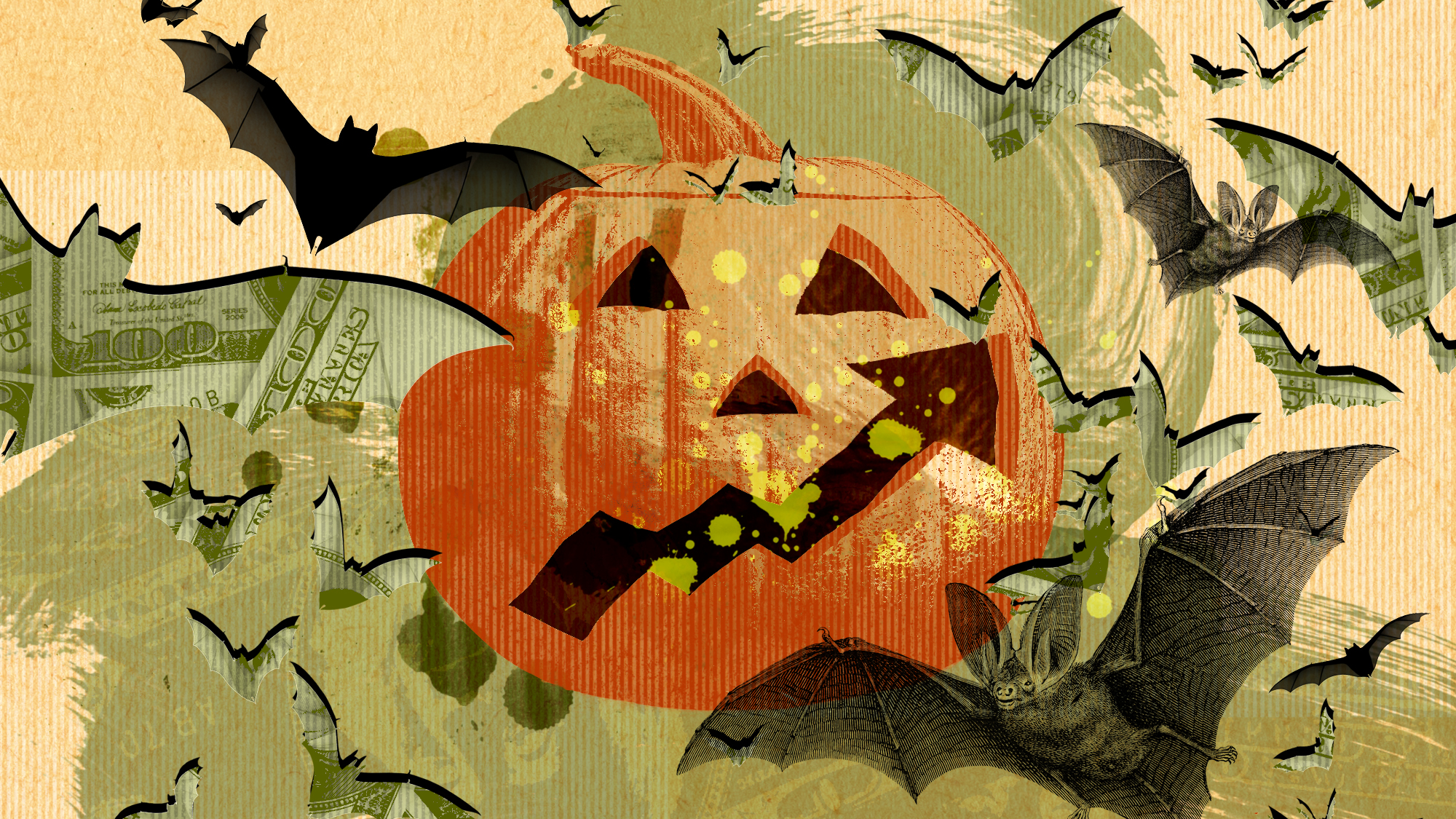 From candy to costumes, inflation is spooking consumers on Halloween this year
From candy to costumes, inflation is spooking consumers on Halloween this yearIn the Spotlight Both candy and costumes have jumped significantly in price